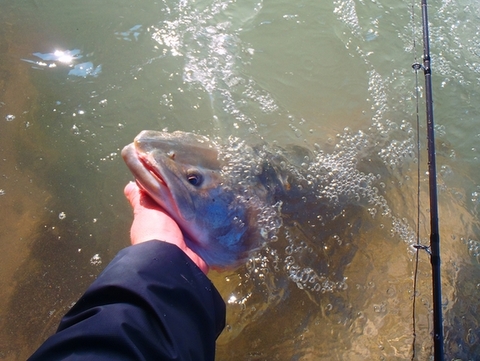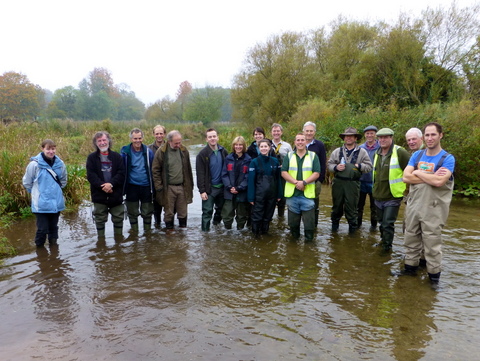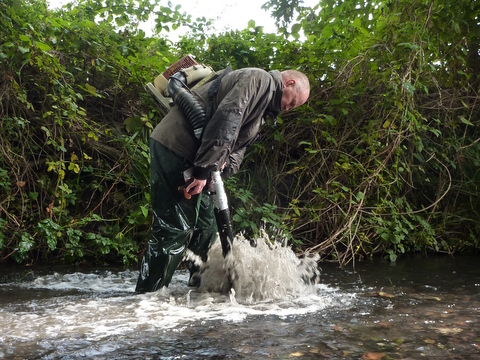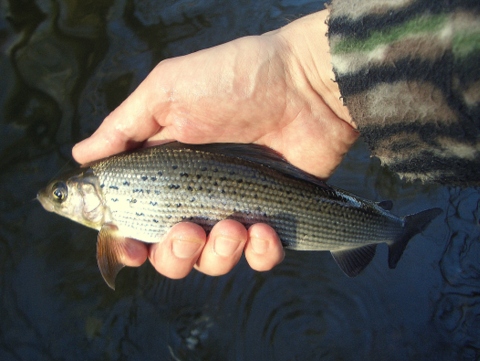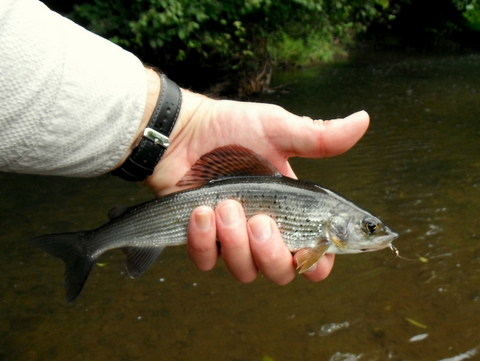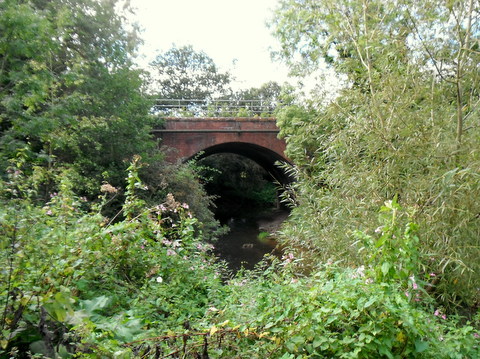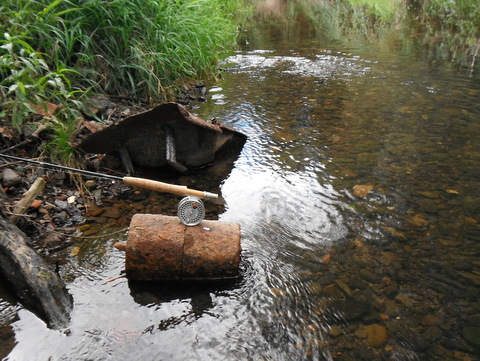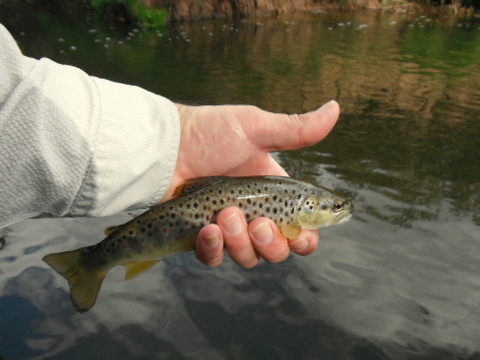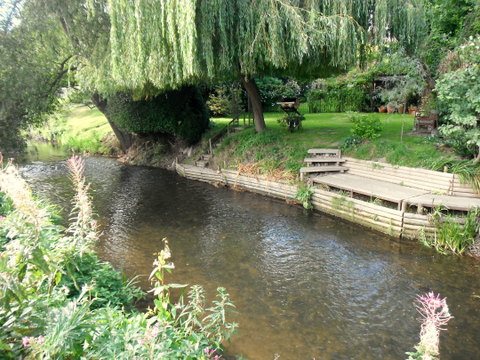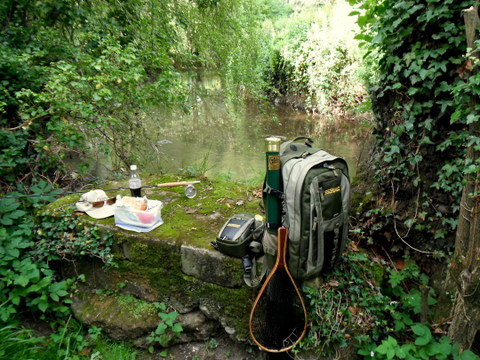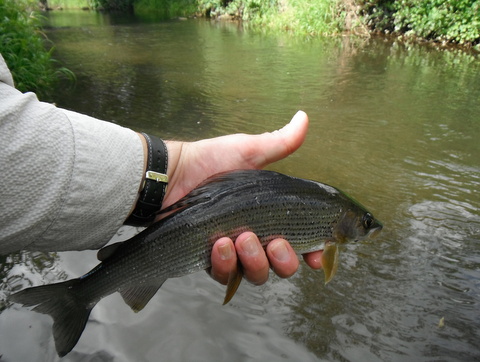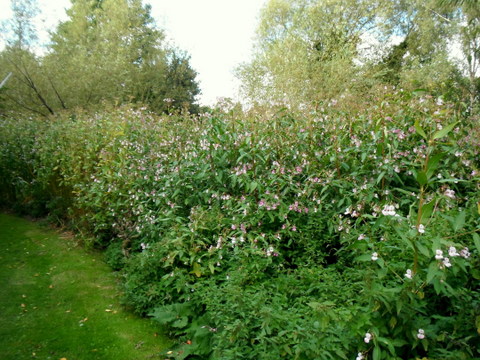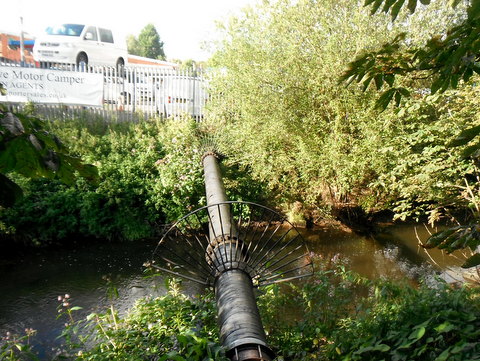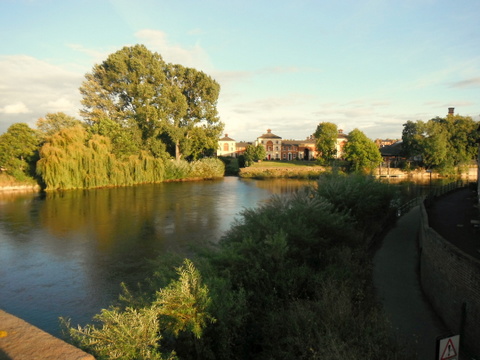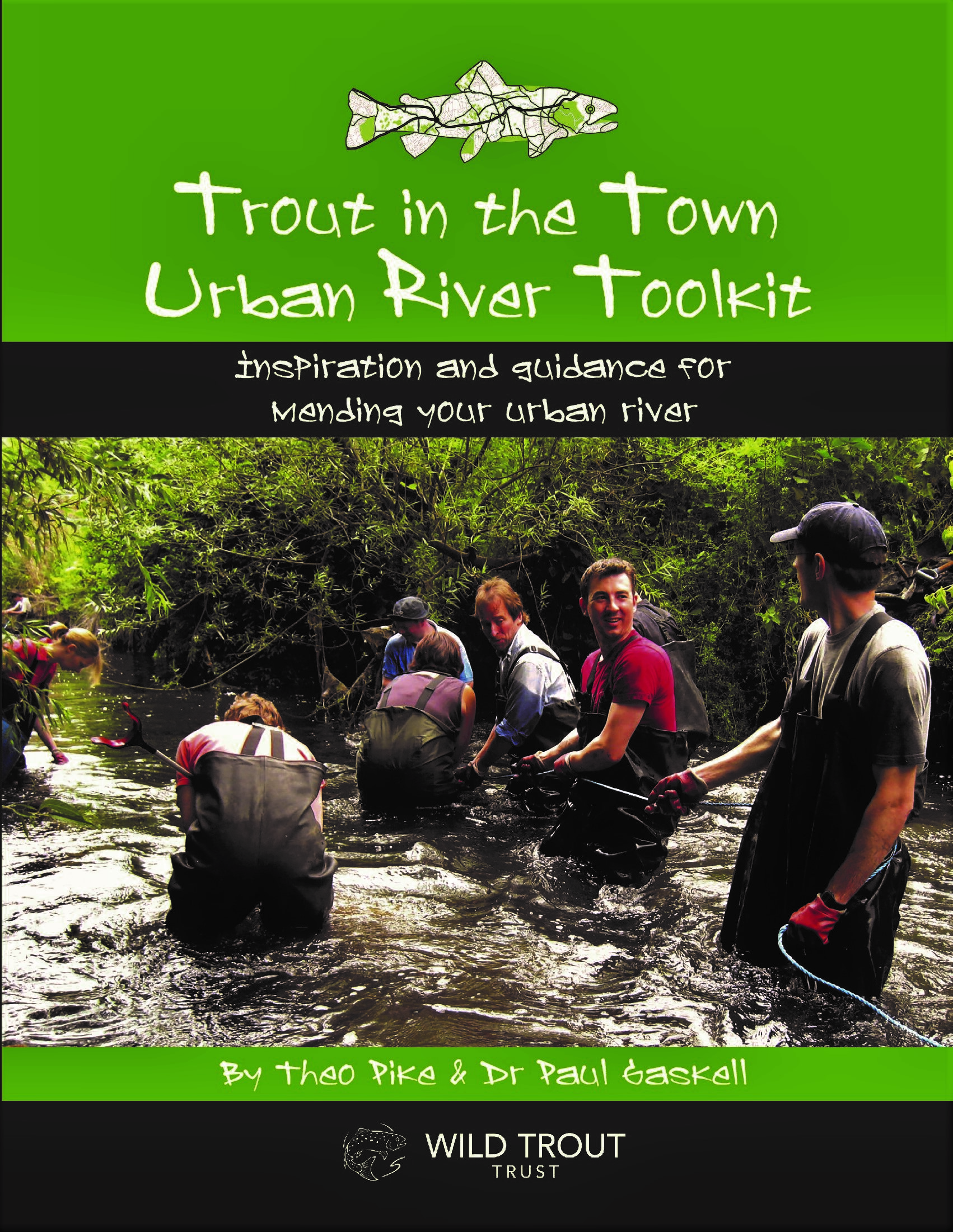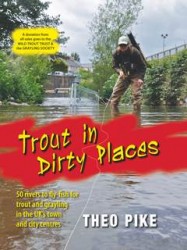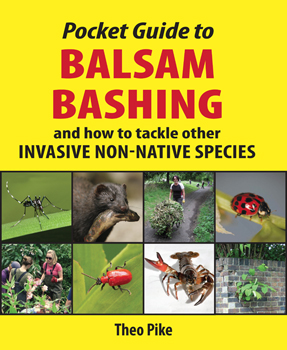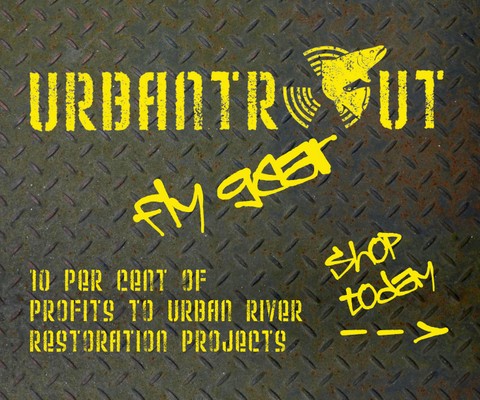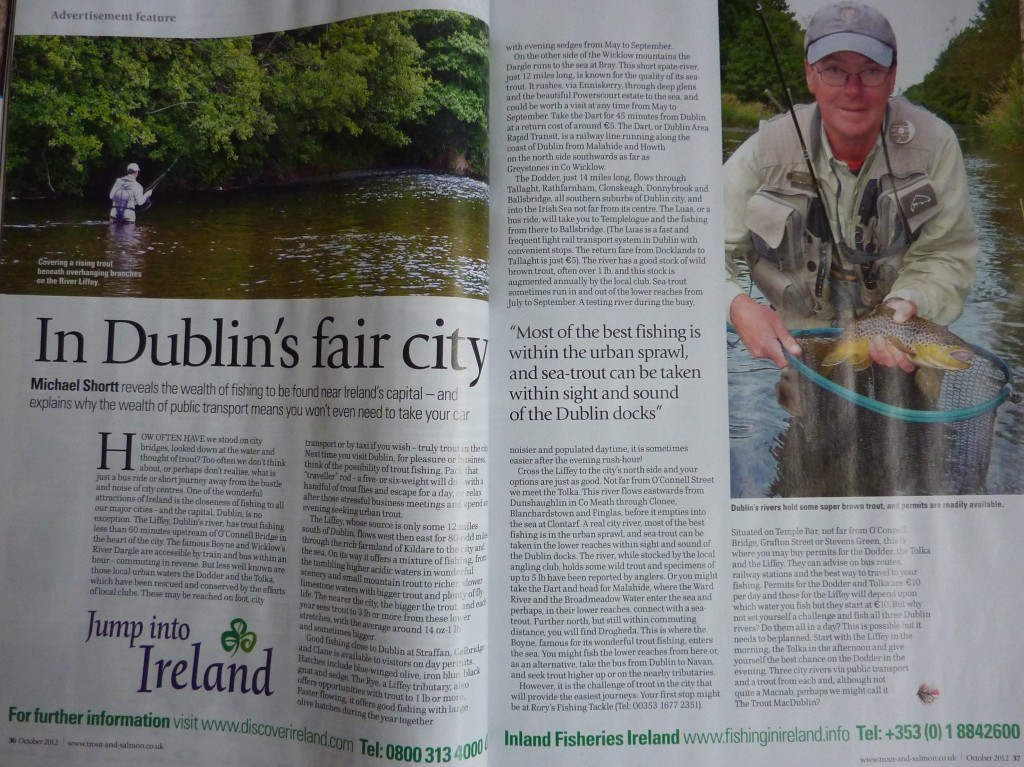
Flipping through the pages of this month’s Trout & Salmon magazine, the headline hit us first: yes, it’s a totally-urban-fishing-themed advertorial for the Irish Tourist Board!
Here’s a flavour of the copy (alternatively, click the image above for the full hi-res version):
Less well known (than the Liffey) are those local urban waters the Dodder and the Tolka, which have been rescued and conserved by the efforts of local clubs. They may be reached on foot, city transport or by taxi if you wish – truly trout in the city. Next time you visit Dublin, for pleasure or business, think of the possibility of trout fishing. Pack that “traveller” rod – a five or six weight will do – with a handful of trout flies and escape for a day, or relax after those stressful business meetings and spend an evening seeking urban trout…
The Dodder, just 14 miles long, flows through Tallaght, Rathfarnham, Clonskeagh, Donnybrook and Ballsbridge, all southern suburbs of Dublin city and into the Irish Sea not far from its centre… The river has a good stock of wild brown trout, often over 1lb, and this stock is augmented annually by the local club. Sea trout sometimes run in and out of the lower reaches from July to September. A testing river during the busy, noisier and populated daytime, it is sometimes easier after the evening rush hour!
Cross the Liffey on the city’s north side and your options are just as good. Not far from O’Connell Street we meet the Tolka. This river flows eastwards from Dunshaughlin in Co Meath through Clonee, Blanchardstown and Finglas before it empties into the sea at Clontarf. A real city river, most of the best fishing is in the urban sprawl, and sea trout can be taken in the lower reaches within sight and sound of the Dublin docks. The river, while stocked by the local angling club, holds some wild trout and specimens of up to 5lb have been reported by anglers.
Naturally, we’ve been intrigued enough to start investigating the back story, and soon found one or two friendly expats who remember these rivers very well.
The Wandle Piscators’ membership secretary Jim Dillon now does most of his fishing at Walthamstow and on the Wandle. But he first learned to cast a fly on the Dodder, although he’s slightly less sanguine about the rivers’ health today:
In the late 60’s, the Dodder and Tolka were great trout venues, and they were absolutely stuffed with fish. The Dodder was an absolutely stunning water – like the Wandle, it’s hard to believe that such a gem can flow through a major city, bearing in mind that Dublin is one of the oldest cities in Europe!
We used to brag about it being the only capital city river where you could cast off a high street bridge, and catch a trout. You could catch shedloads of fish, casting from one of the many bridges spanning the river.
The Grand and Union canals were also full of trout, these fish were short and deep, almost like small carp. But they were beautifully coloured and would readily take a fly, spinner or worm. Unlike London canals, the Grand and Union waters were gin clear. In my youth, there was little pollution, they were almost like chalk streams (without the fast flow!)
If only things were still like that today… a Tolka/Dodder Piscators type club would certainly revive these once golden streams. If ever there was a worthy cause, these two waters should be top of someone’s agenda!
As John Gierach once wrote, you know your little sporting niche has hit the big time when it starts providing lifestyle context for credit card, fashion and car ads.
With the best will in the world, we reckon urban-angling-styled Amex, Volvo and Victoria’s Secret shoots are still a few years off. But since this is probably the first time urban fly-fishing has made the headlines as the proposition for a full-blown press campaign… you can be sure we’ll be keeping a close eye on where this fly-fishing-in-Dublin story goes.
In the meantime, do you fish the Liffey, Dodder and Tolka? Are you already involved in restoring these city rivers, or have you noticed urban fly-fishing making a contribution to Dublin’s economy? Drop us a line and let us know!
Tags: Angling tourism, Dodder, Dublin, Fly-fishing, Liffey, Marketing and advertising, Tolka, Trout, Urban fishing, Urban rivers

